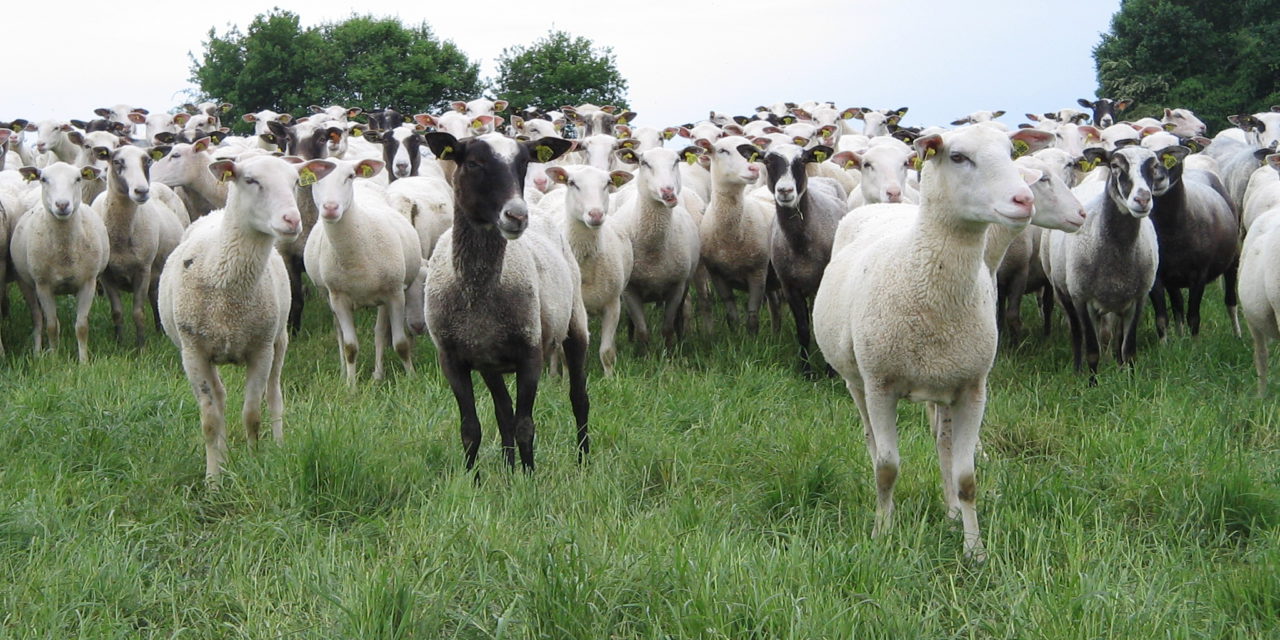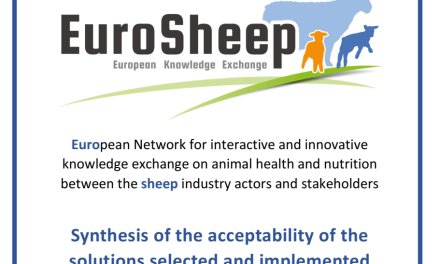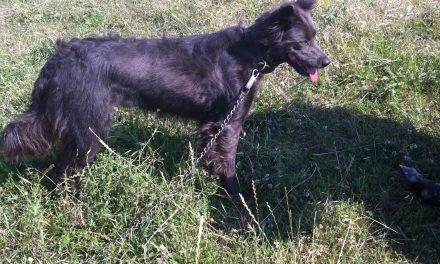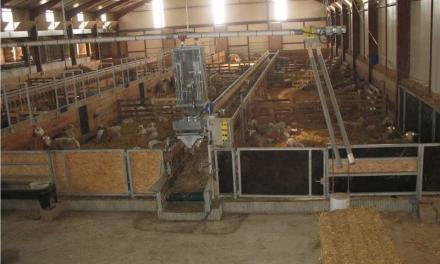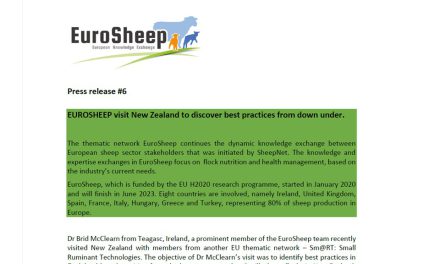This post is also available in:
![]()
![]()
![]()
Nutritional Requirements at Key Points in the Ewe’s Production Cycle
Factsheet name: Understanding nutritional requirements at key points in the ewe’s production cycle
Need / Issue: Good nutritional management is required throughout the ewes production cycle in order to achieve target key performance indicators. Knowledge of the nutritional requirements will allow targeted nutrition at the various stages of the ewes production cycle.
Introduction:
Good nutritional management is fundamental to ensuring both productivity and health of the ewe and future lamb crop. Requirements can be managed in 4 key stages of the ewes production cycle:
- Weaning to mating
- Mating to the end of the third month of pregnancy (early pregnancy)
- Final two month of pregnancy (late pregnancy)
- Lambing to weaning (lactation)
Weaning to mating
During this period is the optimal time to get ewes into the correct body condition score (BCS) for mating. The point at weaning is critical to allow recovery of BCS by mating – should allow a minimum of 10 weeks. At weaning ewes must be body condition scored and ideally split into separate management groups to target feeding– thin, fit and fat.
| Requirement for BCS gain from weaning to mating | ||||
| Lowland – aiming to be 70 kg at mating | 0.5 | 1.0 | 1.5 | 2.0 |
| Weight gain required over 100 days (kg) | 3.5 | 7.0 | 10.5 | 14.0 |
| Daily ME requirement for weight gain (MJ) | 3.5 | 7.0 | 10.5 | 14 |
| Daily ME requirement for Maintenance (MJ) | 8.4 | 8.4 | 8.4 | 8.4 |
| Total daily ME requirement for (MJ) | 11.9 | 15.4 | 18.9 | 22.4 |
| Daily grass requirement (kg DM) | 1.19 | 1.54 | 1.89 | 2.24* |
Notes: 1BCS unit = 10% ewe bodyweight, 1kg DM of grass = 10 MJ ME, Maintenance is approximately 12% of bodyweight. *100 days is not enough time for ewes to gain two units of BCS as it is not possible to eat the required amount of DM intake per day. More time is required or feeding higher ME forage and supplementary feed.
Working out requirements is a helpful tool alongside grassland management. To ensure these targets are hit, grass and forage need to be carefully allocated to stock therefore rotational grazing is a useful technique to use.
Mating to the end of the third month of pregnancy
At this stage ewes should be in target BCS and be fed to maintain this level over this 90 day period. This is to ensure successful implantation and survival of the fertilised ova. At this point in the production cycle avoid any sudden changes in grazing or feeding and any unnecessary handling until at least 1 month after tups has been removed.
| Ewe type | Lowland ewe (60-80 kg) | Hill ewe (40 -60kg) |
| Target BCS | 3.0-3.5 | 2.5 |
| ME Maintenance (MJ/day) | 7.2-9.6 | 4.8-6.0 |
| Grass or forage DM allowance (kg DM at 10 MJ of ME/kg DM) | 0.72-0.95 | 0.48-0.60 |
Scanning at around day 70 of pregnancy (range 40 to 90 days) is a vital tool for setting up feeding plans in late pregnancy. Using this opportunity to reassess the BCS of ewes and remove empty ewes. Scanning is a good time to separate triplet- bearing ewes and any twin-bearing ewe lambs for early, preferential feeding and management.
Final two months of pregnancy
In late pregnancy around 75% of foetal growth takes place, with a corresponding increase in the ewe’s energy and protein requirements, therefore high quality feed is required at this stage. Ewe’s should be grouped for feeding by litter size and BCS or raddle colour. Good feed access is necessary to minimise competition and good quality forage should be available ad lib.
Based on current information and consensus of a group of UK industry experts, AFRC (1993) requirements for energy and protein should be used for ewes in late pregnancy, but they should be viewed as the minimum requirement. The tables below of ME and MP requirements can be found on pages 28 and 29 of AHDB’s Feeding the ewe.


The requirements are determined by the ewes weight, BCS, number of lambs carried and any adjustments required to the ewes weight. Other factors that need to be considered when preparing rations to ensure the required energy and protein levels are supplied are:
- Age of ewes
- Forage type and quality – lab analysis required
- Nutritional value of supplements available
- Frequency and timing of feeding
- Presentation of feeds, for example a total mixed ration (TMR)
- Access and feeding space
- Effect of environment, including winter shearing
Before planning rationing forage must be analysed as this will form the largest component of the ration. Intakes should be monitored and rations adjusted accordingly. Only good quality forage should be fed to maximise the contribution in the ration and reduce reliance on expensive concentrate feeding.
Lambing to Weaning (Lactation)
Milk yield increases rapidly after lambing peaking at 3-4 weeks into lactation. The nutrient requirements effectively double after lambing to meet the demands for milk production which sends the ewe into negative energy balance as she is unable to meet her demands through her feed intake.
At this stage it is important to monitor ewe BCS and lamb growth. Plan grazing for lactation and monitor sward heights and kg/DM per ha available to target supplementary feeding if required.
Ration to ME and MP requirements (AFRC 1993) as a minimum. Estimates of milk yield are provided by AFRC based on breed, number of lambs and month of lactation. Predicted milk yield, ME and MP requirements are available on pages 45 and 46 of AHDB’s feeding the ewe.



